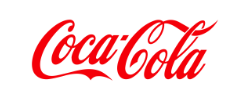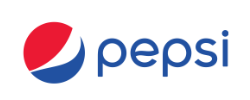Just a few weeks ago, The New York Times, Fortune, and other magazines and news outlets began reporting on yet another instance of outbreak in a food processing plant – this time the suspected company is CRF Foods in Pasco, Washington.
CRF Foods has since voluntarily recalled over 350 frozen foods, after several people in several states became sickened with listeria, a bacterium that can cause headaches, a stiff neck, confusion, fever, and muscle aches.
But how do these things happen?
According to the Centers for Disease Control and Prevention, there are several ways a processing plant can become contaminated.
- Contaminated water or ice used to wash, pack, or clean produce can pass along pathogens to the food
- The refrigerators, freezers, and other means of storage aren’t cleaned properly or thoroughly, leading to dangerous food contamination
- Conveyors or other unclean equipment comes in contact with food, spreading germs and other pathogens
The good news? Food processing plants and other facilities that clean their spaces and equipment with SafeWater keep consumers safe by sanitizing food products, and killing bacteria and other health-harming germs in a way that is sustainable and environmentally conscious. SafeWater leaves little to no chemical residue, and also prevents resistant strains of health-harming pathogens from forming.
If you’re in the Food and Beverage CIP industry and looking for a greener, more effective way to clean, call EAU Technologies today to learn more about our generators, and how they can help you keep your customers and products safe.






